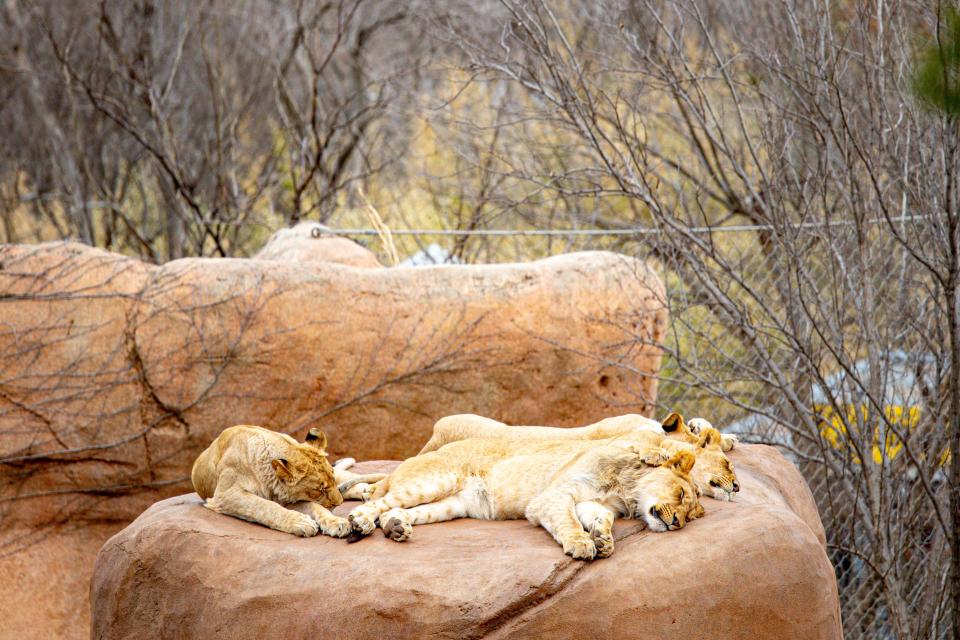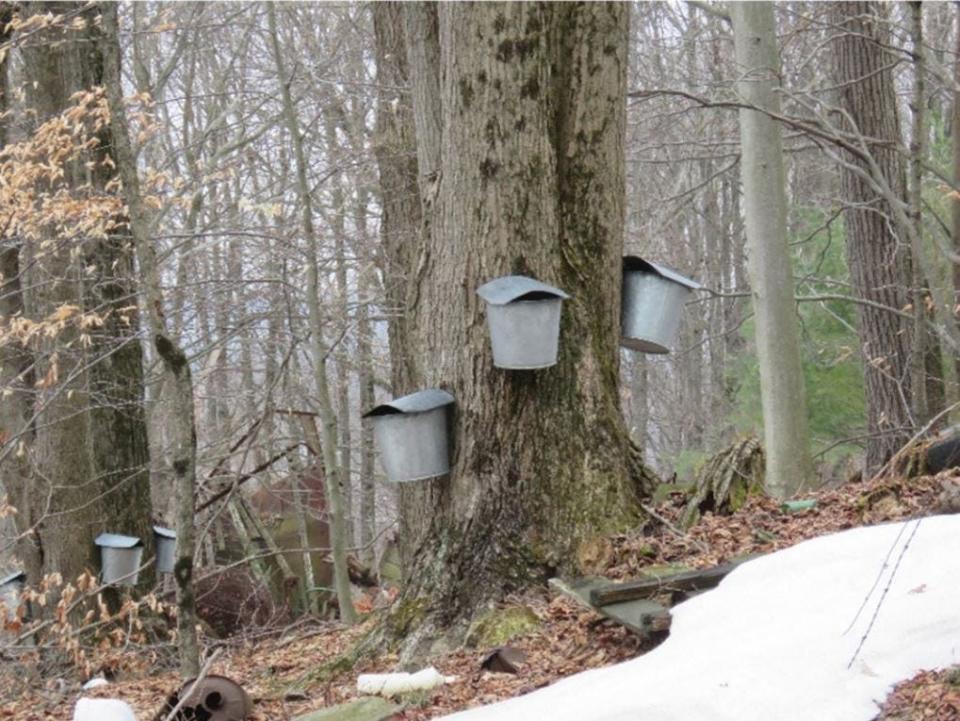Siblings share a lifelong bond and often spend their lives loving and supporting each other. Siblings can also have really violent fights.
However, as you will learn today, none of our sibling fights are as fierce as some we see in the animal world.
In the wild and competitive world of nature, survival strategies go beyond simply being the fittest; they include being the smartest and sometimes the cruelest.
Several species in the animal and plant kingdoms have evolved to adopt harsh methods to ensure their offspring survive, sometimes eliminating their siblings. These survival tactics are not only fascinating; they are critical to the continuation of these species.
Let’s take a look at some of the extreme sibling rivalries that often end badly for one or more.
More space in the nest
Among birds, behaviors such as siblicide (the act of killing one’s siblings, often observed in animal species as a behavior driven by competition for resources such as food or parental attention) and brood parasitism (a behavior in which a species lays their eggs in the nest of another species, leaving the host to incubate the eggs and raise the resulting offspring) are particularly interesting and effective for their species.
The Nazca boobs, for example, are known for their brutal sibling rivalry. In environments where food is scarce, the older chick will often push its younger sibling out of the nest shortly after birth.
This act of siblicide ensures that the surviving chick receives all available nutritional resources and parental care, significantly increasing its chances of survival.
Another harsh tactic is employed by the common cuckoo, which practices brood parasitism. Instead of raising their own young, cuckoos lay their eggs in the nests of other bird species. The hatched cuckoo chick pushes the host’s eggs or chicks out of the nest. This ensures that the baby cuckoo receives the full attention and resources of the unsuspecting foster parents.
mammal jealousy
Mammals also exhibit some harsh survival strategies.

In the world of lions, for example, a new male who takes command of a pride often commits infanticide, killing cubs fathered by the previous leader. This tragic strategy brings the lionesses back into heat sooner, allowing the new male to sire his own offspring and thus spread his genes.
Spotted hyenas exhibit similar cruel behavior. In some cases, the hyena’s firstborn may kill its sibling to eliminate competition for its mother’s milk and care, securing a greater share of the resources for itself.
Plant intimidators
Plants are also not innocent in their survival strategies. Black walnut trees, for example, employ a method known as allelopathy. They release a chemical compound called juglone, which inhibits the growth of neighboring plants, thus reducing competition for water and nutrients.
Sugar maples exhibit a behavior known as self-thinning, where the weakest seedlings naturally die. This reduces competition among the remaining seedlings for sunlight and nutrients, allowing the fittest ones to thrive.


Even the dreaded invasive honeysuckle gets in on the intimidating action, outcompeting and protecting the seedlings of other plants until they can no longer survive. This creates large areas dominated only by honeysuckle.
Each adaptation, even when it appears super-aggressive to us, has evolved to maximize the reproductive success and survival of the species under specific environmental pressures. It is not just about being the fittest, but also about adopting whatever means necessary to ensure the continuation of the genetic legacy.
Although it may seem cruel to us, nature is just doing what it can to be as strong as possible for the health of the entire system.
Mike Szydlowski is a science teacher and zoo facilitator at Jefferson STEAM School.
TIME FOR A POP TEST
What is siblicide and why do some animals exhibit this behavior?
What is brood parasitism and how do common cuckoos use this strategy?
How does infanticide benefit a new male lion when taking control of a pride?
Describe how black walnut trees use allelopathy as a survival strategy.
What is self-thinning in plants and how do sugar maples demonstrate this behavior?
ANSWERS TO LAST WEEK’S QUIZ
What unique method do wolf spider mothers use to care for their eggs?
Wolf spider mothers wrap each egg in silk and then carry it on their backs. They continue to carry their young on their backs for a week after the eggs hatch.
How do octopus mothers ensure the survival of their eggs?
Octopus mothers lay their eggs in a safe place, wrap them in a protective layer, and protect them from predators. They also clean and aerate the eggs by splashing water on them with their tentacles.
What are some of the roles that mother elephants take on in their herds?
Elephant mothers act as a central support structure for their herd, guiding them to safe water sources and migratory paths, mediating conflicts, teaching social skills and transmitting essential knowledge to ensure the survival and social cohesion of the herd.
Why do many insects and arachnids lay large numbers of eggs – and what happens to most of those eggs?
Many insects and arachnids lay large numbers of eggs because only a small percentage of the young survive to adulthood. Most eggs are eaten or do not survive due to various environmental challenges.
Compare the parental investment of octopus mothers with that of most sea creatures.
Unlike many sea creatures that lay eggs and abandon them, octopus mothers invest heavily in the survival of their young. They guard and maintain their eggs until they hatch, sacrificing their own health and, ultimately, their lives to ensure their young have the best possible start.
This article originally appeared in the Columbia Daily Tribune: Learn about these intense rivalries between animals and siblings







































